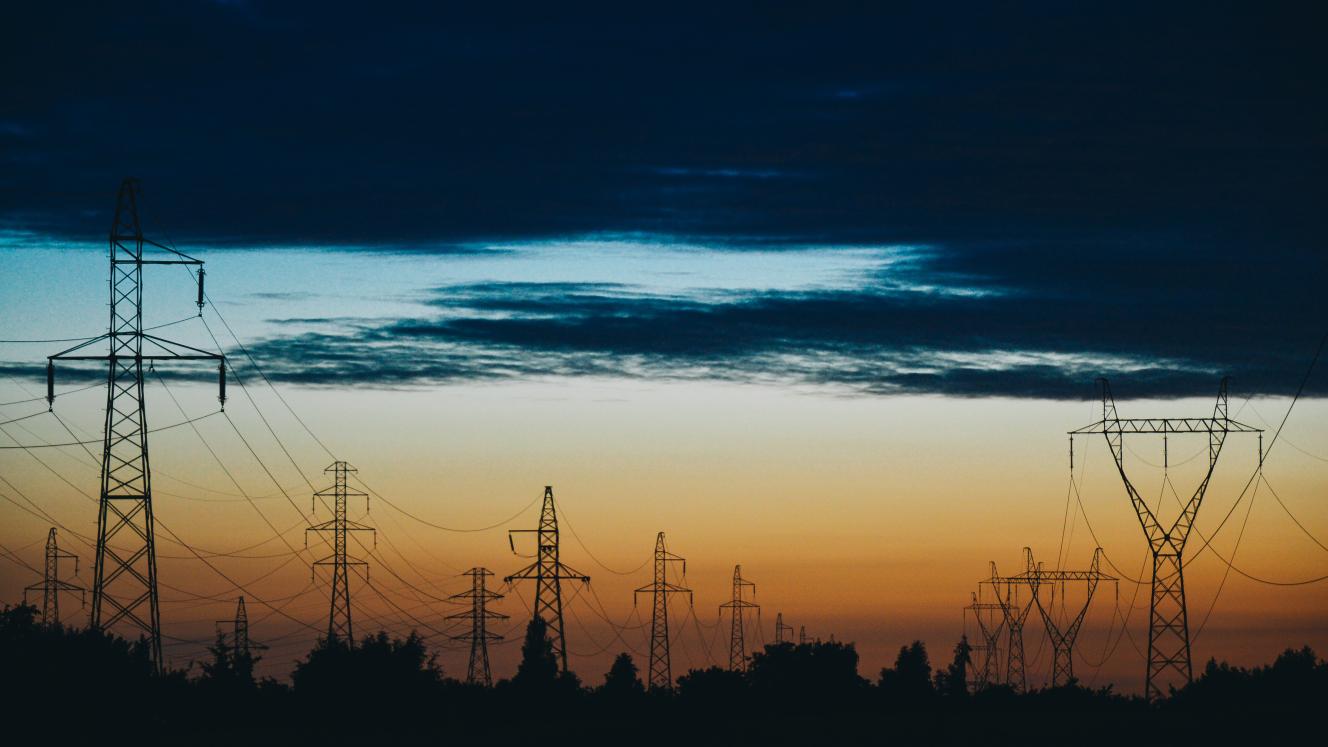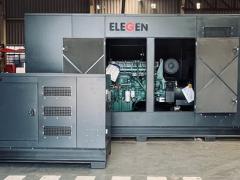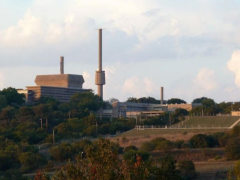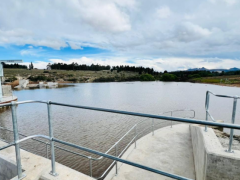As South Africa expands renewable energy and grid infrastructure across Mpumalanga’s coalfields, transmission planners and developers increasingly face a difficult engineering problem: how to design powerline pylons on ground affected by historic or active underground mining. A new technical paper presented at CIGRE Southern Africa 2025 on October 15 proposes a practical, risk-based methodology to assess these geotechnical hazards early in the design process, helping prevent costly failures and project delays.
The study, authored by ENERTRAG, Jones & Wagener and RKS Innovation, highlights that subsidence and ground tilt remain two of the most significant risks for overhead line infrastructure in the Highveld region. Underground mining, particularly bord-and-pillar workings and high-extraction methods such as longwall or stoping, can create voids that deform over time. These deformations can compromise tower foundations, alter ground clearances, induce differential settlement or misalign conductors – all with major implications for safety, reliability and power transfer capability.
Mining method determines surface risk
According to the paper, different mining methods produce distinct surface effects:
- Shallow bord-and-pillar workings (typically <60 m deep) are prone to sinkholes where roof collapses reach the surface.
- High-extraction mining (longwall and stoping) tends to create broader subsidence troughs with the greatest tilt occurring near the edges of mined panels.
According to the paper, these effects vary with seam depth, pillar geometry and overburden conditions and cannot be inferred accurately without structured analysis.
A structured approach to pylon risk evaluation
The methodology integrates four key inputs:
- Mining layout plans and pillar geometry (pillar width, centre spacing and extraction ratio)
- Mining height and effective depth used to calculate maximum potential subsidence and tilt
- Probability of pillar failure using empirically developed South African formulae from Van der Merwe and Salamon
- Location of each pylon relative to mined panels including a 20 m radius footprint to account for foundation size and layout uncertainty
For each proposed tower site, the method calculates expected subsidence, tilt, subsidence class, probability of failure and their associated risk categories. The paper stresses that evaluating deformation at the exact foundation position is critical as using maximum panel values can significantly overstate risk.
Case study: 132 kV powerline in Mpumalanga
Applying the methodology to a 132 kV line, the authors identified varying levels of risk across several tower positions:
- Pylons directly above or near bord-and-pillar workings showed low failure probabilities (<1%) and subsidence under 1 m
- A pylon located just outside a panel with pillar extraction initially appeared high-risk due to the panel’s maximum tilt value (35 mm/m) but foundation-specific analysis reduced the expected tilt to only 2.8 mm/m.
- In some locations, predicted deformation exceeded acceptable thresholds, leading engineers to relocate towers, strengthen foundations or increase electrical clearances.
These adjustments reduced uncertainty and improved design confidence, demonstrating the value of integrating mining data early in project planning.
According to the paper, Mpumalanga’s renewable energy development – including wind turbines, PV plants and their associated grid connections – increasingly overlaps with undermined ground. Regulation 17 of the Mine Health and Safety Act requires formal geotechnical assessments for infrastructure within 100 m of mining activity. Proactive risk evaluation is therefore essential not only for compliance but also for protecting long-term asset integrity.
The paper concludes that the Van der Merwe method, when combined with project-specific risk matrices and specialist geotechnical input, provides a robust early-stage tool for assessing subsidence and tilt risks. While not a substitute for detailed investigations during construction, it helps designers identify high-risk areas, plan mitigations and avoid unnecessary redesigns, supporting safer, more resilient powerline infrastructure in South Africa’s coal transition regions.













